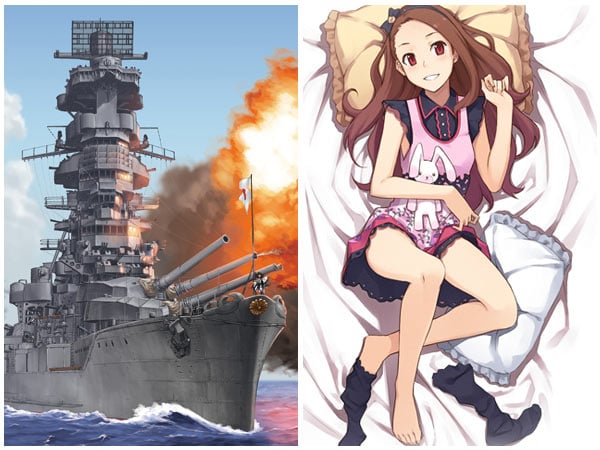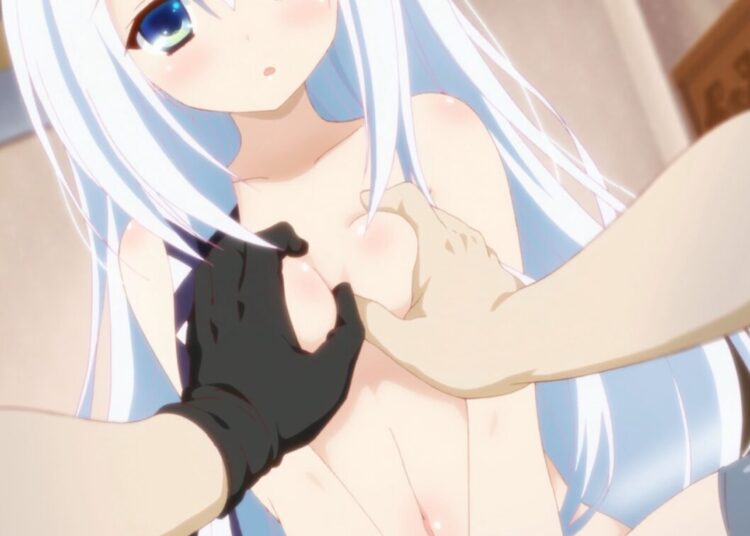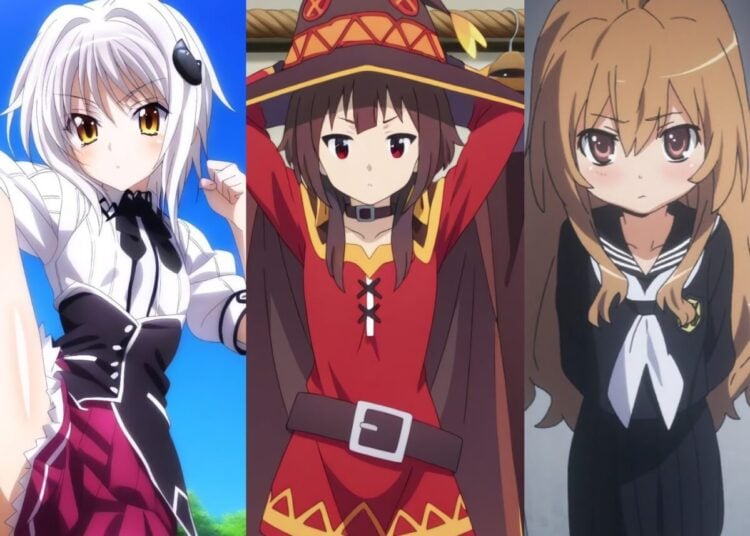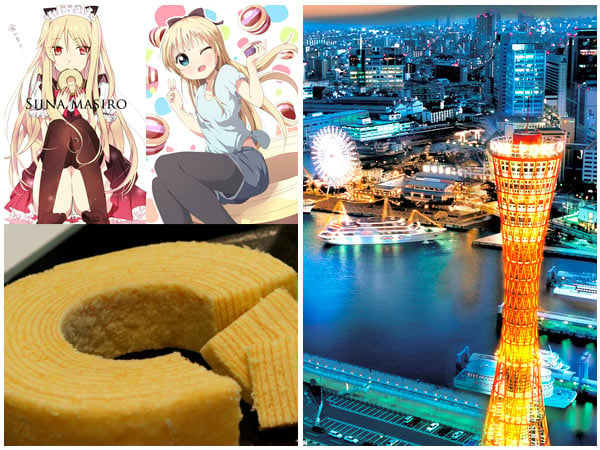
One reason I like J-List’s Facebook page and Twitter feed is the ease with which I can get feedback from readers, including suggestions for subjects for these posts. The other day a follower asked how the Japanese studied the subject of World War II in school, so I thought I’d cover that a bit. Japan has a structured educational system that teaches standardized subjects to all students based on school year. Students learn about 第二次世界大戦 dai-niji sekai taisen or World War II – though it’s nearly always called 太平洋戦争 taiheiyo sensou or the Pacific War here – at four points between years six and eleven. While students do learn about the unsavory things their soldiers did during the war, there’s certainly a big gap between what’s printed in Japanese textbooks compared with countries like South Korea, for whom constant remembrance of every minute detail of the war is part of their national character. (I once saw a Japanese news program that presented blown-up pages from Japanese and Korean textbooks, comparing the 5-6 pages devoted to the subject of Japan’s wartime misdeeds in a junior high school textbook here with more than 100 in a similar Korean textbook.) The actual education any given student receives on the subject of the war will be influenced by whether his history teacher happens to be right-leaning (which in Japanese politics means to be pro-Emperor, pro-U.S. relations and interested in casting Japan’s wartime past in as positive a light as possible, wrestling Asia from the grip of “Britain-senpai” and all that), or left-leaning (which means being pro-communist/socialist, preferring ties with China rather than the U.S., and being critical of Japan’s wartime past).
Honestly, what’s needed to understand these gaps in history aren’t more detailed history books, but some good sociologists who can tell us how people react to different kinds of facts. There might be 100 pages detailing transgressions by Japan in Korean history textbooks, but you might not find mention of the Jeju Massacre, in which 30,000 North Korean-sympathetic South Koreans were killed on the island of Jeju from 1948 to 1951, which was struck from all history books and covered up until recently. Look into any country’s past and you’ll find subjects – China’s Cultural Revolution, Indonesia’s anti-communist purge of 1965-1966, many incidents in Britain’s long colonial era – which are treated with extreme delicacy by that country because of their embarrassing nature. It was similar for me: growing up in the 70s and early 80s, I had to wait until university to read any details about the Vietnam War era. Maybe learning more about the way our minds function and react to different data can make it easier to talk openly about the past, and we can all meet in the middle somewhere.
Japan is a subtle place, where people often substitute vague, indirect language when discussing things they don’t want to mention openly. This takes many forms, for example the omitting of sentence subjects entirely, or using euphemisms like 人身事故 jinshin jiko (“an accident involving physical injury”), which is what they call it when someone commits suicide by jumping in front of a train, or a woman’s menstrual cycle being referred to with the generic term 生理 seiri (“biology”), though many women call it Sailor Moon’s Day. Perhaps the most famous euphemism used in Japanese is the English letter “H,” pronounced エッチ ecchi, which refers to anything to do with sex, from the act itself to someone who thinks about it overly much. Surprisingly, the slang term is not a new one, being first used back in the 1880s, though it entered popular use in 1955 when it was used in a novel.
Valentine’s Day is right around the corner, and you might have noticed some really amazing new chocolates and other snacks being posted to J-List’s snack pages. We’ve got a great lineup this year, from Rilakkuma chocolates to Hello Kitty-shaped chocolates to Attack on Titan chocolates so you can build your love-shrine to Levi. Browse our newest snacks from Japan, or sort the products by customer ranking.
















